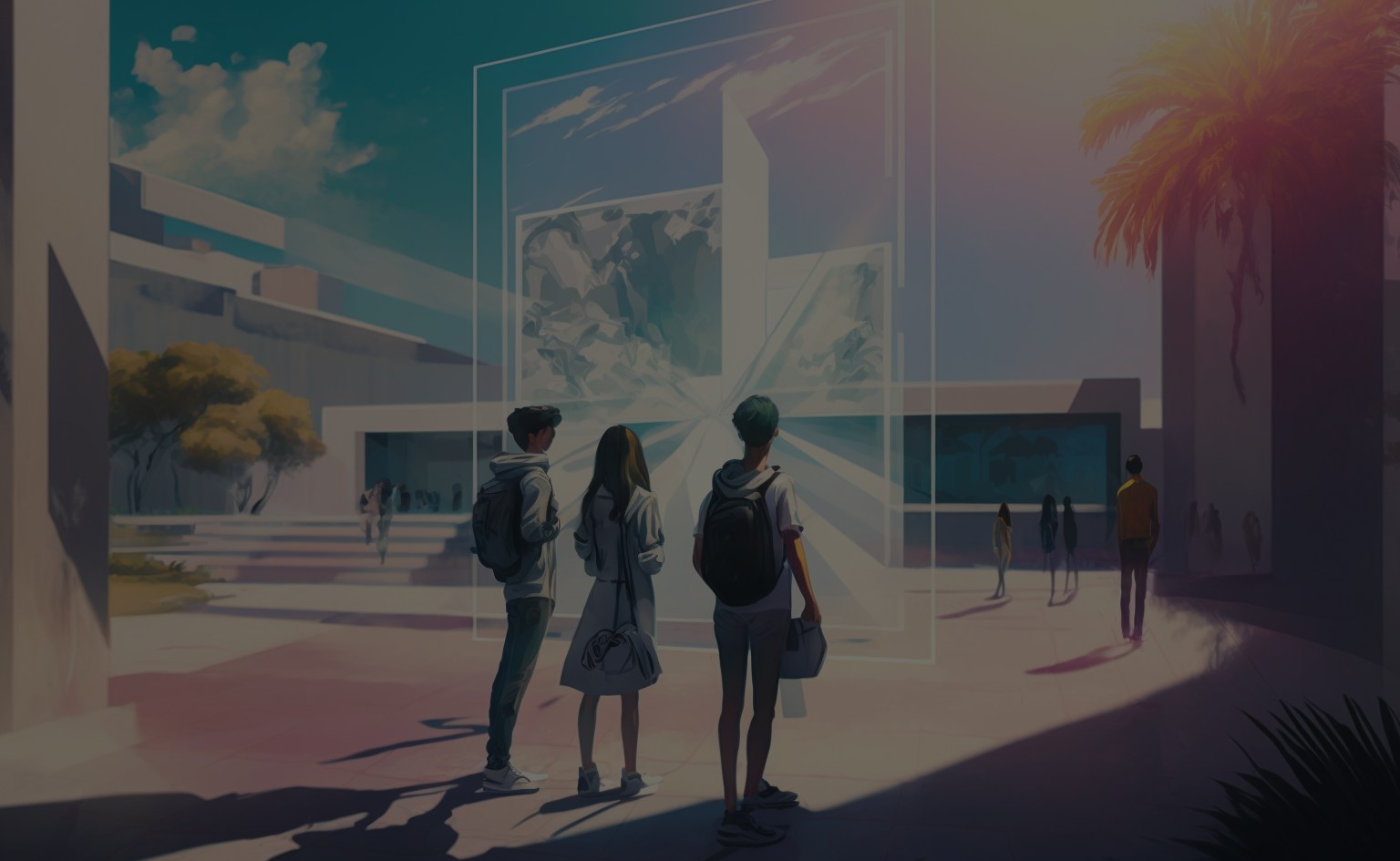As education evolves to keep pace with our ever-changing world, virtual reality (VR) has emerged as a powerful tool that offers significant benefits to both educators and learners. VR is an immersive technology that allows users to enter a computer-generated environment, transforming the way we learn, communicate, and interact with information. From healthcare to corporate training, VR has demonstrated impressive results in various domains, and education is no exception. In this article, we will explore how VR is revolutionizing the educational landscape, making learning more engaging, efficient, and effective.
The Power of Immersion
Virtual reality’s unique ability to create immersive experiences has the potential to revolutionize the world of education. By transporting learners to digital, interactive environments, VR enables students to engage with learning content in a whole new way. The power of immersion lies in its ability to spark curiosity, enhance focus, and foster emotional connections with learning materials. Let’s explore the various facets of immersion and its impact on the educational experience.
1. Authentic Learning Environments
One of the core strengths of virtual reality is its capacity to simulate real-world scenarios in a controlled and safe setting. By placing students in authentic environments, VR allows them to gain practical experience and develop a deeper understanding of the subject matter. This firsthand experience can be particularly valuable in fields such as healthcare, engineering, and the arts, where hands-on practice is essential for mastering complex skills.
2. Enhanced Engagement and Motivation
The immersive nature of virtual reality fosters a heightened sense of engagement and motivation among learners. By capturing students’ attention and immersing them in the learning experience, VR helps combat boredom and fosters a genuine interest in the subject matter. This increased engagement not only boosts students’ motivation to learn but also contributes to improved information retention.
3. Emotional Connections to Learning Content
Virtual reality has the unique ability to evoke strong emotional responses from learners. By simulating real-world experiences and interactions, VR can help students connect with learning materials on a deeper, more personal level. This emotional connection has been shown to enhance long-term retention and improve overall learning outcomes.
Virtual reality also has the potential to foster empathy and perspective-taking by placing learners in the shoes of others. In a study conducted by Stanford University’s Virtual Human Interaction Lab, participants who experienced a simulation of being homeless in virtual reality demonstrated increased empathy and understanding towards homeless individuals. After the VR experience, participants were more likely to show positive attitudes and express a greater willingness to help those facing homelessness. This highlights the power of VR to create emotional connections and cultivate empathy by immersing users in experiences that help them understand different perspectives and situations.
4. Collaboration and Social Interaction
While virtual reality can offer individualized learning experiences, it also holds great potential for fostering collaboration and social interaction. Multi-user VR platforms enable learners to collaborate with their peers in real-time, working together to solve problems and complete tasks. This collaborative aspect of immersion can help students develop critical teamwork and communication skills while strengthening their understanding of the subject matter.

VR Learning Space in Axon Park
Accelerated Learning and Increased Confidence
Virtual reality has the power to revolutionize education by accelerating the learning process and boosting students’ confidence in applying their newly acquired skills. Through immersive, hands-on experiences, VR helps learners not only to absorb information more quickly but also to develop the self-assurance they need to excel in their chosen fields. Let’s delve deeper into how VR can foster accelerated learning and increased confidence in students.
1. Rapid Skill Acquisition and Mastery
One of the most significant benefits of VR-based learning is the speed at which students can develop new skills and competencies. By providing a realistic, immersive environment for practice and experimentation, virtual reality enables learners to gain hands-on experience in a fraction of the time it would take using traditional methods.
For example, a study conducted by PwC demonstrated that VR training was faster than classroom-based learning. Even when accounting for the time needed to set up the VR headset, learners were still 300% faster than their counterparts using traditional methods. This accelerated learning process allows students to progress more rapidly and efficiently, making the most of their valuable time.
2. Immediate Feedback and Adaptation
Virtual reality provides real-time feedback, enabling learners to assess their performance and adjust their approach as needed. This instant feedback loop allows students to identify areas for improvement, refine their skills, and ultimately achieve better results.
Moreover, VR-based learning can be tailored to the individual needs and learning styles of each student. By tracking performance data and adjusting the content accordingly, virtual reality offers a personalized learning experience that helps students progress at their own pace, enhancing their confidence in the process.
3. Building Confidence Through Practice and Repetition
Confidence is a crucial factor in the successful application of newly acquired skills. VR-based training can help students build this confidence by providing a safe, controlled environment for practice and repetition. In virtual reality, learners can make mistakes, learn from them, and try again without fear of real-world consequences.
A study conducted by PwC found that VR learners were 40% more confident in applying what they had been taught compared to their peers who underwent classroom-based training. This increased confidence can be attributed to the immersive, hands-on nature of VR learning, which allows students to become familiar with new tasks and procedures before applying them in real-world situations.
4. Enhanced Long-Term Retention
Accelerated learning and increased confidence go hand in hand with improved long-term retention. Dr. Narendra Kini, CEO of Miami Children’s Health System, demonstrated that students who trained using virtual reality retained nearly 80% of what they learned when tested after one year, whereas those who trained using traditional methods retained only 20% one week after being tested. This increased retention supports learners in building a solid foundation of knowledge and skills, further bolstering their confidence.
Virtual reality has the potential to transform education by accelerating the learning process and boosting students’ confidence in their abilities. By providing immersive, hands-on experiences, real-time feedback, and personalized learning opportunities, VR helps learners develop new skills more rapidly and effectively. As educational institutions continue to embrace the power of VR, students can look forward to a future where they can unlock their full potential and achieve greater success in their academic and professional pursuits.

Fully Immersed in Learning
Reduced Distractions and Enhanced Focus
In today’s fast-paced, technology-driven world, maintaining focus and minimizing distractions has become increasingly challenging for students. Virtual reality, however, offers a unique solution to this problem. By immersing learners in a controlled, engaging environment, VR can help reduce distractions and improve overall focus, ultimately leading to better learning outcomes.
1. Minimizing External Distractions
One of the primary benefits of VR-based learning is its ability to eliminate external distractions. When students are fully immersed in a virtual environment, they are less likely to be interrupted by events, noises, or other stimuli occurring in the real world. This isolation from external distractions allows learners to devote their full attention to the material at hand, leading to improved focus and retention.
A study conducted by PwC found that VR learners were 150% less distracted when compared to their peers in classroom training and e-learning modules. By reducing the impact of external distractions, VR-based education enables students to concentrate more effectively and get more out of their training sessions.
2. Enhancing Engagement and Immersion
The immersive nature of virtual reality can help students become more emotionally connected to the content they are learning. This heightened engagement can lead to greater interest and focus, ultimately resulting in better long-term learning outcomes.
Furthermore, three-quarters of the learners surveyed said that during the VR course on diversity and inclusion, they experienced a wake-up-call moment, realizing they were not as inclusive as they initially thought. This demonstrates the power of VR in creating transformative learning experiences that capture and hold students’ attention.
3. Promoting Active Learning
Virtual reality encourages active learning by placing students in the center of the experience. Through hands-on activities, problem-solving tasks, and interactive simulations, VR enables learners to take an active role in their education, rather than passively absorbing information. This active learning approach can lead to increased focus, better retention of material, and improved overall understanding.
Reduced distractions and enhanced focus are critical elements for success in education. Virtual reality offers a unique opportunity to create learning environments that minimize external distractions, promote engagement and immersion, and encourage active learning. As educational institutions continue to embrace the potential of VR, students can expect to experience more focused, immersive, and effective learning experiences that lead to better overall outcomes.

Experience the Impossible in Axon Park
Cost and Time Savings
One of the most significant advantages of using VR in education is the considerable cost and time savings it can offer both institutions and learners. In traditional in-person simulations, the expenses related to setting up physical infrastructure, procuring equipment, and maintaining facilities can be substantial. Moreover, coordinating schedules and securing the availability of instructors and students can be time-consuming and cumbersome. By leveraging VR, educators can streamline the process, making high-quality education more accessible and efficient.
1. Reduced Expenses for Institutions
Virtual reality training can save educational institutions substantial amounts of money. For example, the Icahn School of Medicine at Mount Sinai found that using VR for advanced cardiac life support (ACLS) training resulted in an 83% reduction in cost compared to traditional in-person simulation.
Additionally, a study by JAMA Network and Precision OS revealed that VR training in orthopedic surgery reduced the learning curve by up to 50 cases, substituted nearly an hour of actual surgical time, and cost more than 34 times less than traditional training. By replacing the need for physical facilities and equipment, VR can help institutions cut costs and allocate resources more effectively. This, in turn, can lead to lower tuition fees and increased accessibility to high-quality education for a wider range of students.
2. Time Efficiency for Students
Virtual reality can significantly reduce the time students spend on training. The immersive nature of VR allows learners to focus and engage with the material more effectively, leading to faster knowledge acquisition and skill development. For instance, a study by PwC found that VR-based learning was 400% faster than classroom-based learning.
Furthermore, Walmart’s VR training program for store managers preparing for Black Friday resulted in an 80% savings in total training time. The reduced training time allows students to progress more quickly, freeing up valuable time for other activities and pursuits.
3. Scalability and Flexibility
The scalability of VR-based education is another factor contributing to cost and time savings. Once a VR training module is developed, it can be easily deployed to an unlimited number of students, regardless of their geographical location. This eliminates the need for multiple instructors, classrooms, or additional resources, making the delivery of education more efficient and cost-effective. Moreover, VR-based learning offers flexibility, allowing students to learn at their own pace and on their own schedule. This can be especially beneficial for working professionals or individuals with personal commitments, as it provides an opportunity to acquire new skills and knowledge without disrupting their daily routines.
The cost and time savings offered by VR-based education are undeniable, making it an increasingly attractive option for both institutions and learners. By reducing expenses and increasing efficiency, VR has the potential to democratize access to high-quality education, benefiting individuals from all walks of life. As more educational institutions embrace the potential of virtual reality, we can expect to see a continued shift towards immersive, engaging, and cost-effective learning experiences that benefit students and educators alike.

Experience Anything, Anywhere
Applications of VR in Education
Now that we’ve explored the benefits of VR in education, let’s dive into some specific applications that showcase its potential to revolutionize learning.
1. Medical Training
VR has shown remarkable results in training medical professionals and surgeons. For instance, Yale University School of Medicine found that VR-trained surgeons were 29% faster and made six times fewer errors than their non-VR-trained counterparts.
Another study by the Imperial College of London revealed that 83% of VR-trained surgical residents could successfully perform a new procedure, compared to 0% of traditionally trained residents.
2. Skill Development and Technical Training
Virtual reality has proven to be an effective tool for enhancing skill development and technical proficiency across various industries. In a study conducted by the University of Nottingham, trainee mechanics who received VR training on engine assembly and disassembly outperformed those who used traditional methods by 30%. The VR-trained participants demonstrated greater accuracy and efficiency in performing complex tasks, showcasing the potential of VR in fostering a deeper understanding of technical concepts and improved practical skills. This finding underscores the significant role that virtual reality can play in facilitating hands-on learning and bridging the gap between theoretical knowledge and real-world applications.
3. Soft Skills Training
VR can also be highly effective for teaching soft skills, such as communication, empathy, and leadership. PwC found that VR-based learners were 3.75 times more emotionally connected to learning content in a course on diversity and inclusion, leading to better long-term learning outcomes.
4. Simulation-Based Learning
VR is an excellent tool for simulating real-world scenarios that may be too dangerous, expensive, or impractical to recreate in the physical world. The Baylor Health Care System study found that students trained in a VR-based safety procedure module showed a 250% improvement in their ability to accurately complete the task compared to those who used standard training materials.
5. Gamification and Fun
One of the most appealing aspects of VR is its potential to make learning fun and enjoyable. By gamifying educational content, VR can help keep students motivated and engaged, making the learning process more enjoyable and less like a chore.
As we’ve seen above, Virtual Reality has the potential to revolutionize education, offering an immersive, engaging, and efficient learning experience. By harnessing the power of VR, educators and learners can achieve better learning outcomes, increased confidence, and reduced distractions. Additionally, the cost and time savings associated with VR-based education can help make high-quality learning more accessible to a broader range of students.
As the technology continues to advance, the possibilities for VR in education are virtually limitless. From medical and surgical training to soft skills development and gamification, VR can help create sophisticated and fun learning experiences that inspire, engage, and empower the next generation of learners. The future of education is here, and it’s time to embrace the potential of Virtual Reality.



